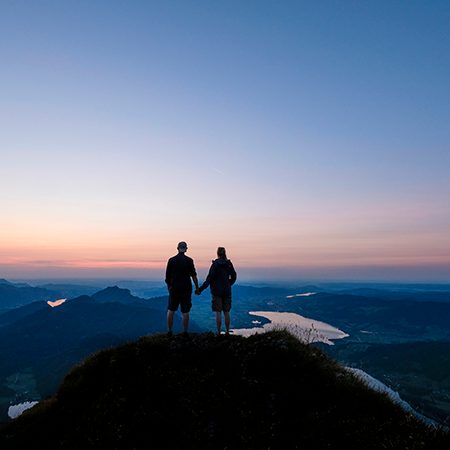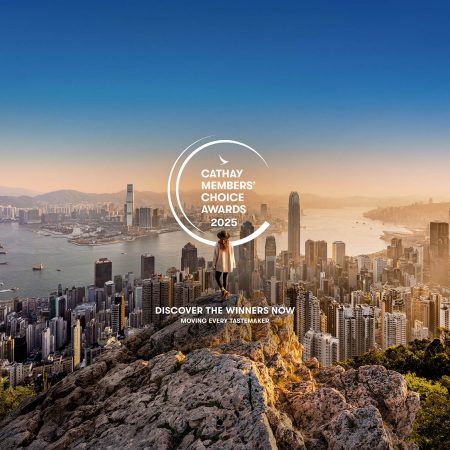How Walt Disney's travels inspired 'the happiest place on earth'
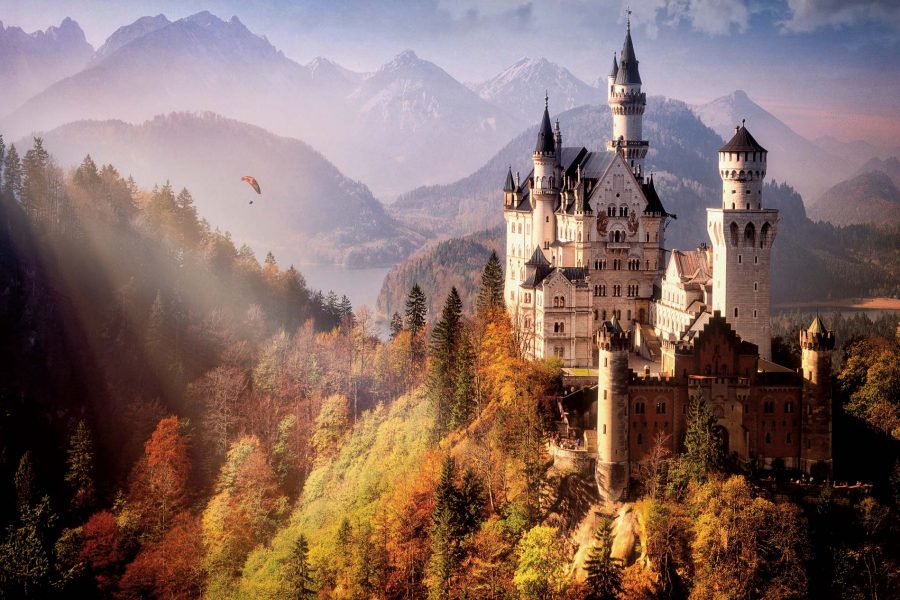
Walter Elias Disney was born in the heartland of America in the winter of 1901. He spent his early childhood on a farm in Marceline, Missouri, sketching the birds, bugs and barnyard animals under the shade of a giant cottonwood tree.
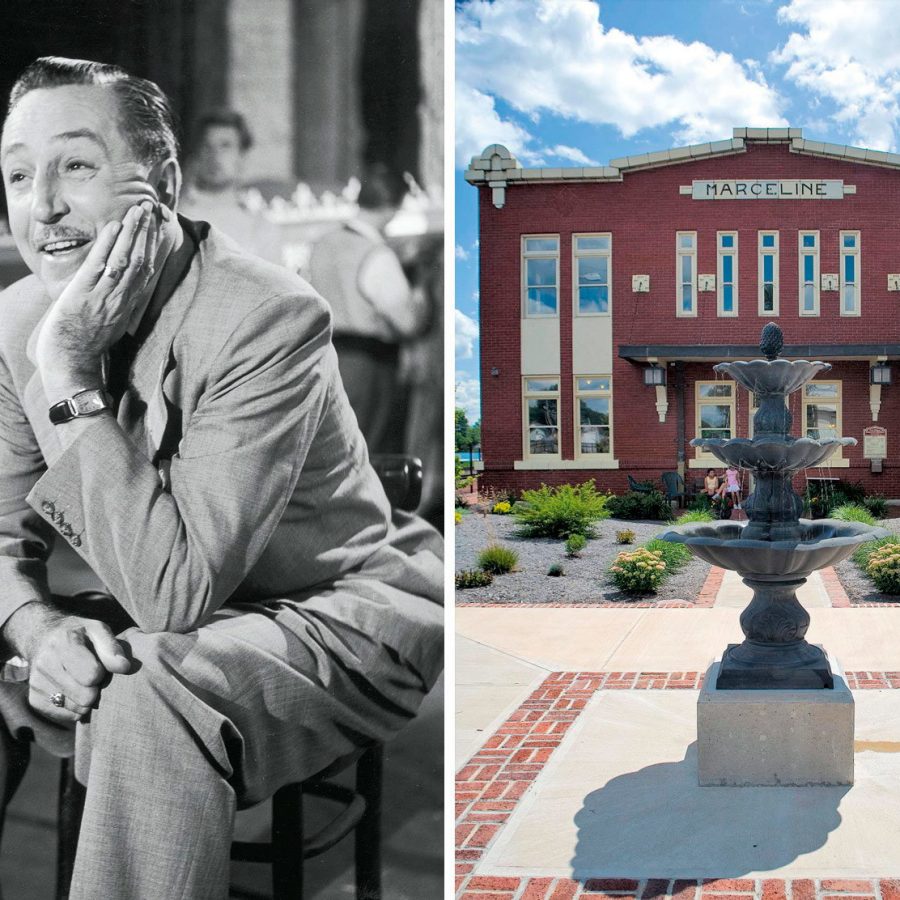
Left credit: Hulton Archive; Right credit: Bill Grant / Alamy Stock Photo
This Midwest upbringing became the bedrock of Disney’s storytelling. Even after moving to Hollywood, he returned to his roots often, both in person and through his cartoons. In black-and-white short Steamboat Willie, Mickey Mouse was introduced to the world riding a rickety sidewheeler paddle steamer – a common sight along the rivers of Kansas City where Disney worked a paper route as a young boy and later set up his first studio. Nostalgia for his hometown, replete with Victorian houses and tree-lined avenues, was also drawn into the cels of Lady and the Tramp.
Disney’s love for old-town America was matched by his interest in the world, piqued from an early age by his grandmother’s stories of princes and princesses in faraway lands. He frequented Europe as an adult and the continent inspired many of his favourite stories, including his first full-length animation, Snow White and the Seven Dwarfs.

Right: Entertainment Pictures / Alamy Stock Photo
Accompanying Disney on his European escapades would have been both fun and frustrating. He was a workaholic with an insatiable curiosity. If you didn’t share his enthusiasm for storytelling, you would most likely find yourself sidelined as he went in search of creative inspiration. During a European tour in 1935, he collected almost 300 books filled with beautiful illustrations and fanciful stories, including that of Pinocchio, the Italian novel he would adapt into his second full-length picture. While vacationing in southwest Bavaria, Disney visited the magnificent Neuschwanstein Castle, which became the royal palace of Sleeping Beauty – and the central structure at several Disneylands around the world, including Anaheim and Hong Kong.
While Disney is known for his make-believe worlds, he demanded a high degree of realism in his films. As one of Disney’s animators, you’d have needed a keen eye and a great deal of patience to spend months in the woodlands of Maine, studying the snow-capped trees and berry-bearing bushes that gave Bambi its charm.
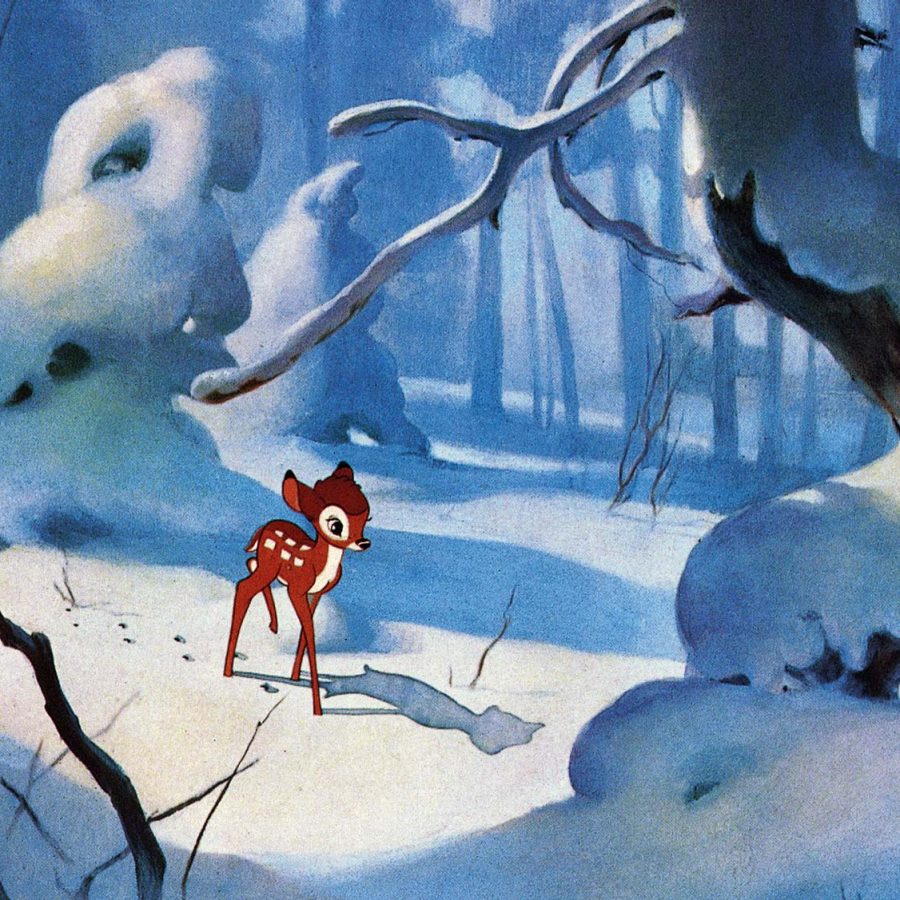
Credit: SilverScreen / Alamy Stock Photo
And you’d have needed plenty of energy to join Disney’s exploration of Latin America, as documented in Technicolor in Saludos Amigos and The Three Caballeros, which intercut real-life footage of Buenos Aires and Rio de Janeiro with artists’ sketches of the Andes and animated shorts of Donald Duck doing the samba in Brazil and visiting Lake Titicaca.
In the late 1940s, Disney ventured into the realm of nature documentaries with the aptly titled True-Life Adventures series. There were 13 films in total and the crew went from examining seals on the Pribilof Islands in Alaska to spending three years charting the life of lions in the arid plains of Africa. Aside from picking up eight Academy Awards along the way, the series became fodder for Adventureland in the very first Disneyland theme park, with many of the natural wonders Disney’s studio documented over the years recreated in animatronic form in the Jungle Cruise attraction. Disneyland captures the spirit of a man who wandered far in real life and in his imagination; it’s a world where no destination is too far or fantastical.

LMPC via Getty Images
More inspiration
- China – the Chinese Mainland, Hong Kong SAR, Macao SAR and Taiwan Region
- Hong Kong SAR - English
- Chinese Mainland (China) - English
- Taiwan, China - English
- 香港特別行政區 - 繁體中文
- 中国內地 - 简体中文
- 中國台灣 - 繁體中文
- Africa
- South Africa - English
- Asia
- Bangladesh - English
- Korea - English
- Singapore - English
- Cambodia - English
- 한국 - 한국어
- Sri Lanka - English
- India - English
- Malaysia - English
- Thailand - English
- Indonesia - English
- Maldives - English
- ประเทศไทย - ภาษาไทย
- Indonesia - Bahasa Indonesia
- Myanmar - English
- Vietnam - English
- Japan - English
- Nepal - English
- Việt Nam - tiếng Việt
- 日本 - 日本語
- Philippines - English
- Australasia
- Australia - English
- New Zealand - English
